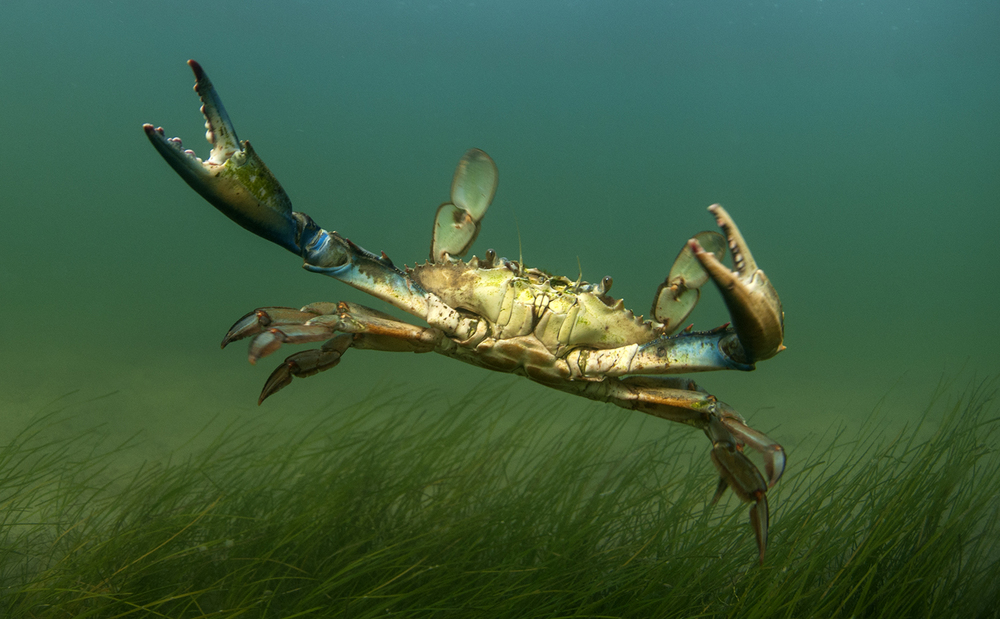I love metaphors.
Maybe a little too much.
Once I was in a meeting with a CEO. We were talking about how CEOs use their time, and I got a little bit too excited about the metaphorical possibilities of “gravitational forces” versus “escape velocity.” Ten minutes later, I got a little bit too excited about the idea of vision being about seeing things no one else can see, as if using different “lenses,” such as telescopic! Microscope! X-ray! UV! Thermal imaging! At which point I was asked something to the effect of, hey, how about a nice sports analogy? I look back on this as a good example of how attached people get to their own familiar metaphors. And, of course, how easy it is to get carried away.
Because metaphors are beautiful. And powerful.
My friend and fellow coach Jason Leuenberger introduced me to a book called Clean Language by Wendy Sullivan and Judy Rees, based on the work of psychologist David Grove. The basic idea is that our own words can reveal the unique metaphors through which we experience our lives, and these metaphors can reveal the deep, subconscious “truths” we hold. If we pay more attention to what metaphors we’re applying, we can understand more deeply what we’re experiencing and why. We can see more clearly where and how we’re stuck. And as we change or evolve our metaphors, we in turn change or evolve ourselves. It’s full-bodied reframing. It’s magic.
A coaching client was once talking about how stuck she was feeling at work, and she kept coming back to the image of a tunnel with no light at the end that she could see. “I’ve been in the tunnel for a long, long time,” she said.
Could she come up with a second image, just to see if anything changes? She was silent, then seemed to feel sheepish for coming up with another piece of infrastructure. “A bridge.” A breath later. “Over a lake.” Another moment later – “Which makes me think, What do I want there to be on the other side?” She seemed almost startled to realize that “the energy feels very different here. It’s more open. I have the power to think about what I want.”
We were nearly out of time now, but just for fun, how about a third image? This time, she came up with something altogether different: “A kind of Venn diagram for my life, where work is just a tiny, tiny piece.” And just like that, with a change of metaphor, the entire issue of Work was suddenly right-sized for a while. Pocket-sized.
We often receive the gift of full-fledged metaphors from others. Here is a sampling of three which have stuck with me. Perhaps something here will stick with you:
1. Emotions as tunnels
From Emily and Amelia Nagoski’s wonderful book Burnout: The Secret to Unlocking the Stress Cycle: each emotion is a tunnel with a beginning, a middle, and an end. It’s far better to go through the tunnel (perhaps even if we have to reimagine the tunnel as a bridge) than to try desperately to go back somehow or claw one’s way out. Emotional exhaustion, i.e., burnout, happens when we get stuck in the tunnel, when we keep getting thrust back into the tunnel, when we’re asked to deny that we’re in the middle of a dank, dark tunnel and instead declare that everything’s breezy and great even when everything is actually absolutely horrible – and more.
2. Resistance as the wind
During a meeting several years ago, I listened to someone who was working at the Biosphere 2, a giant research facility in Arizona that was once the largest fully closed and sealed ecological system ever created. (Our planet Earth is, by definition, “Biosphere 1.”) The researchers and scientists apparently wrestled with countless challenges, but one of them was the need for trees to be met with wind. Trees need wind to grow strong. As it is with trees, I think, so it must be with us humans, too.
3. Soft-shell crabs and transformation
In episode 122 of her podcast “We Can Do Hard Things,” Glennon Doyle explains that the blue crabs of the Chesapeake Bay (not far from where I grew up) go through seasons when they have to retreat while they lose their old shells and grow new ones. In between shells – mid-transformation – they’re incredibly vulnerable. They’re soft-shell crabs, hiding from predators in dark places. Every time they grow a new shell, they’re growing into a version of themselves that’s just a little bit bigger. She suggests that we all undergo the same thing. When we’re feeling tender and porous and vulnerable and in a dark place, we might feel weak. We might not be able to imagine ever emerging into the light again. But we’re actually in a powerful state of transformation. In gaming-speak, we’re “leveling up.” What’s more, the crab doesn’t just cast off its shell and move on; it eats the molted exoskeleton, which is rich in nutrients. As Glennon says, “Nothing is wasted.” Not old pain, old experiences, old failures, old relationships, or old dreams. “We are using every bit of every version of [the] selves we have ever been to create the next version of ourselves that we will be.”
Here’s to each of us discovering our own, next magical metaphor. What is yours?
(And would it sound crazy to say that I love coaching soft-shell crab clients? Never mind, don’t answer that.)

Be the first to comment